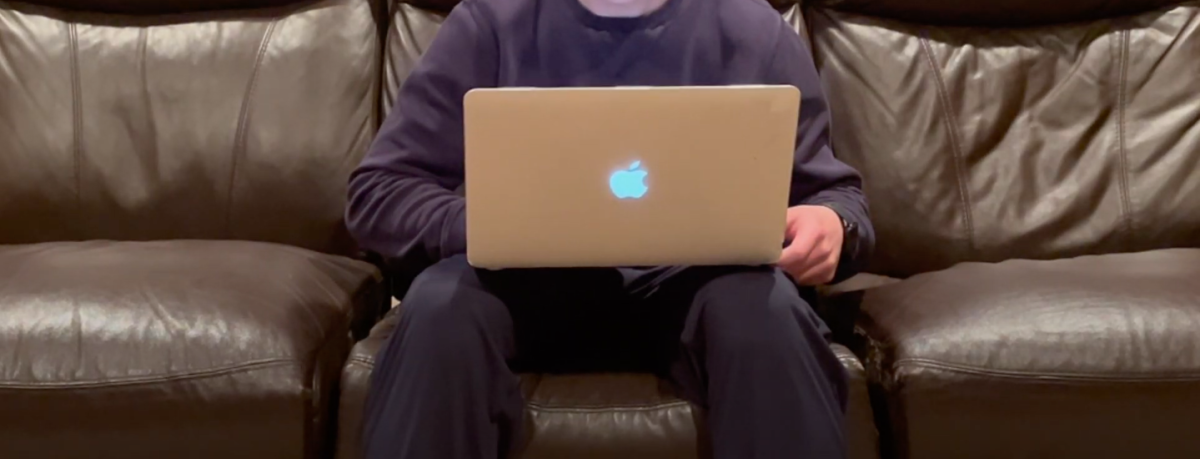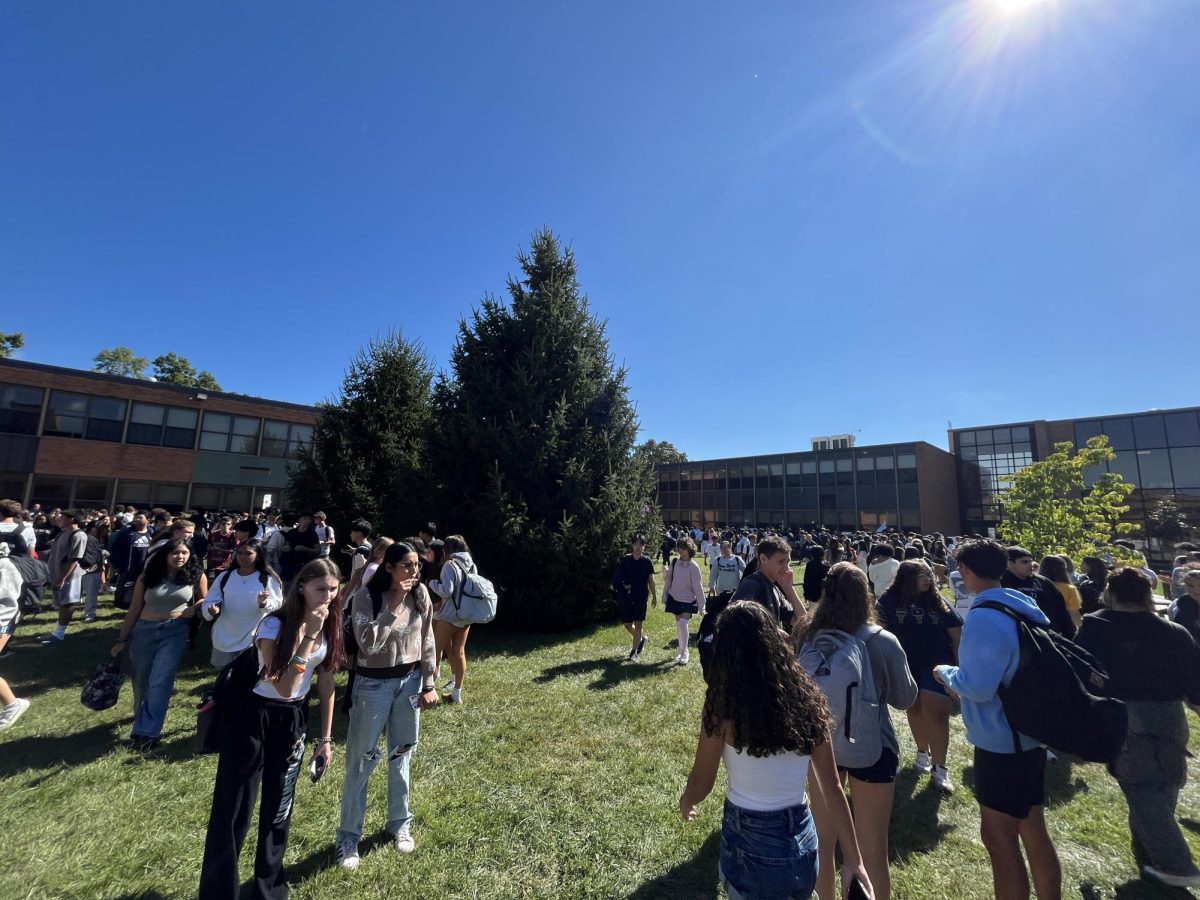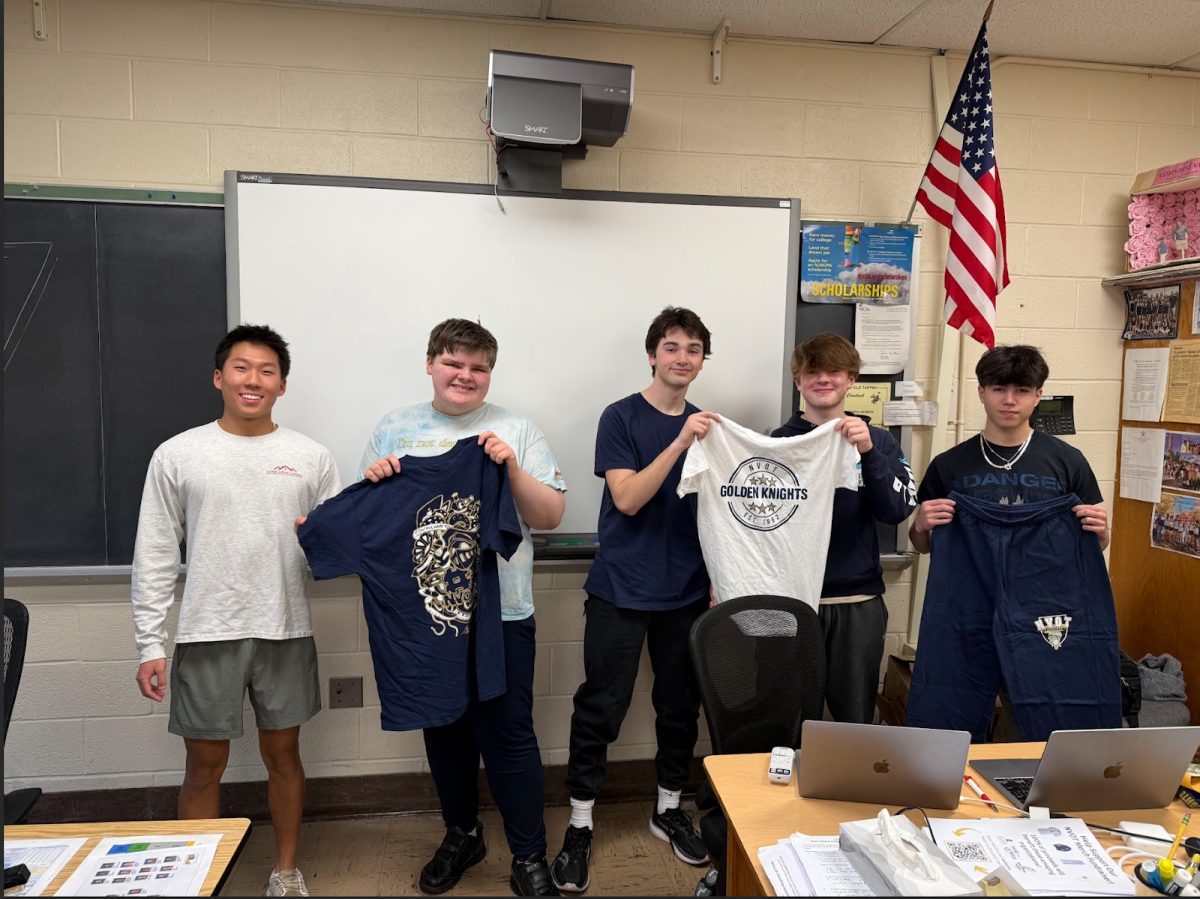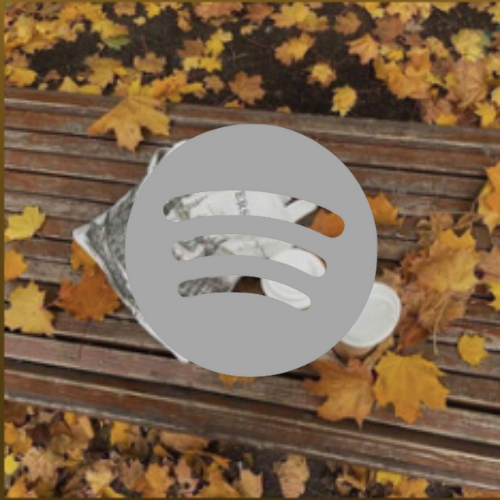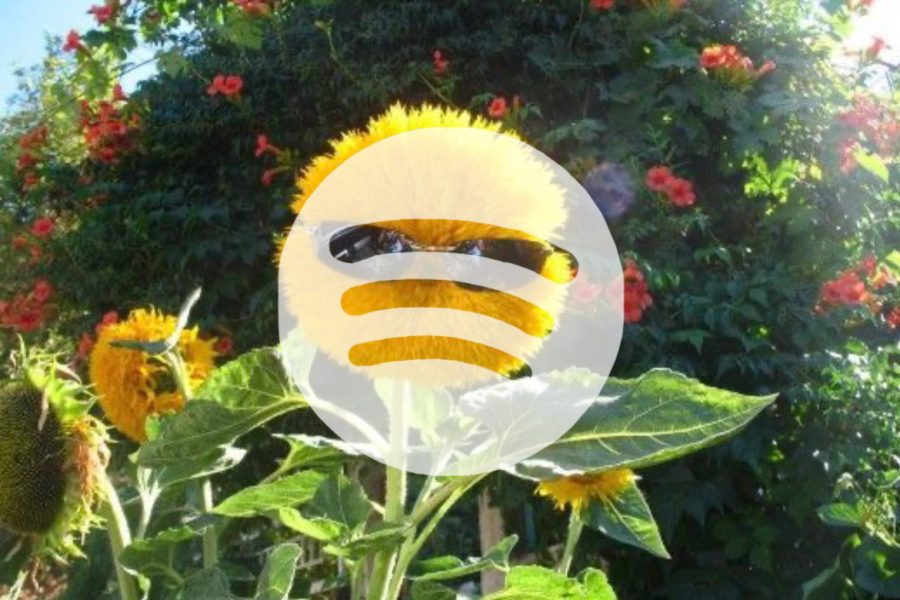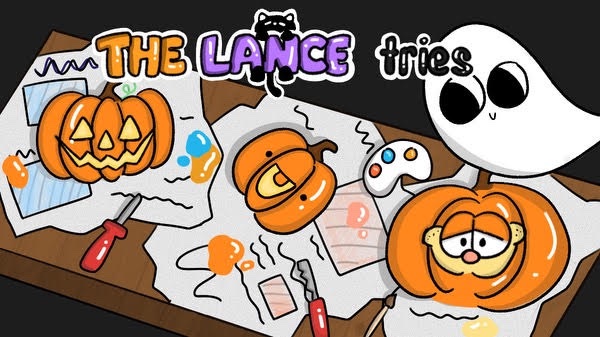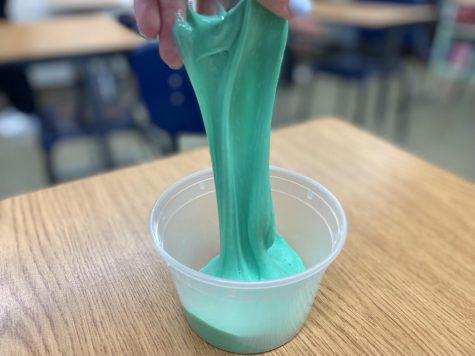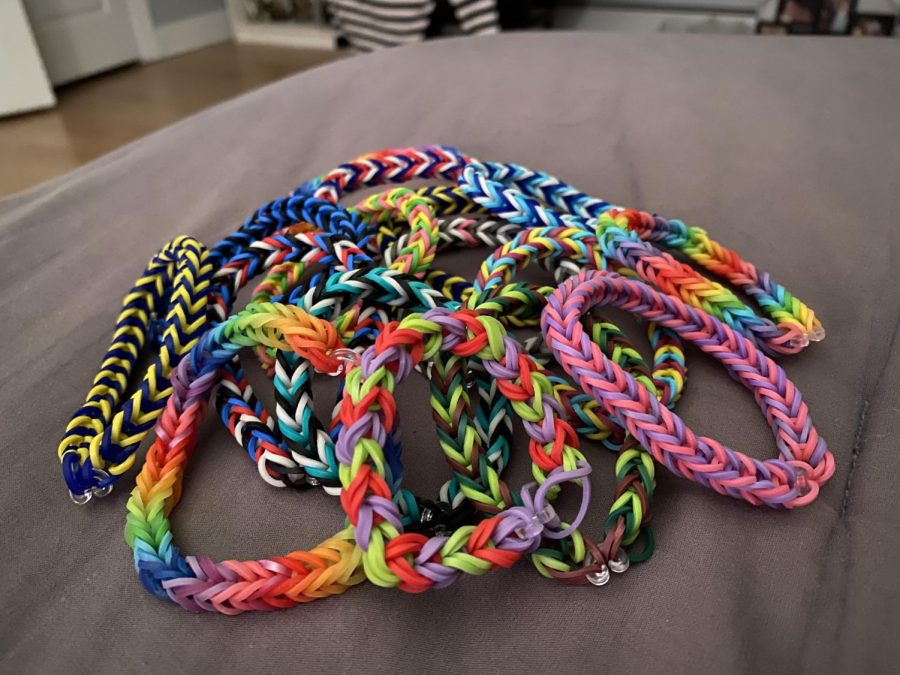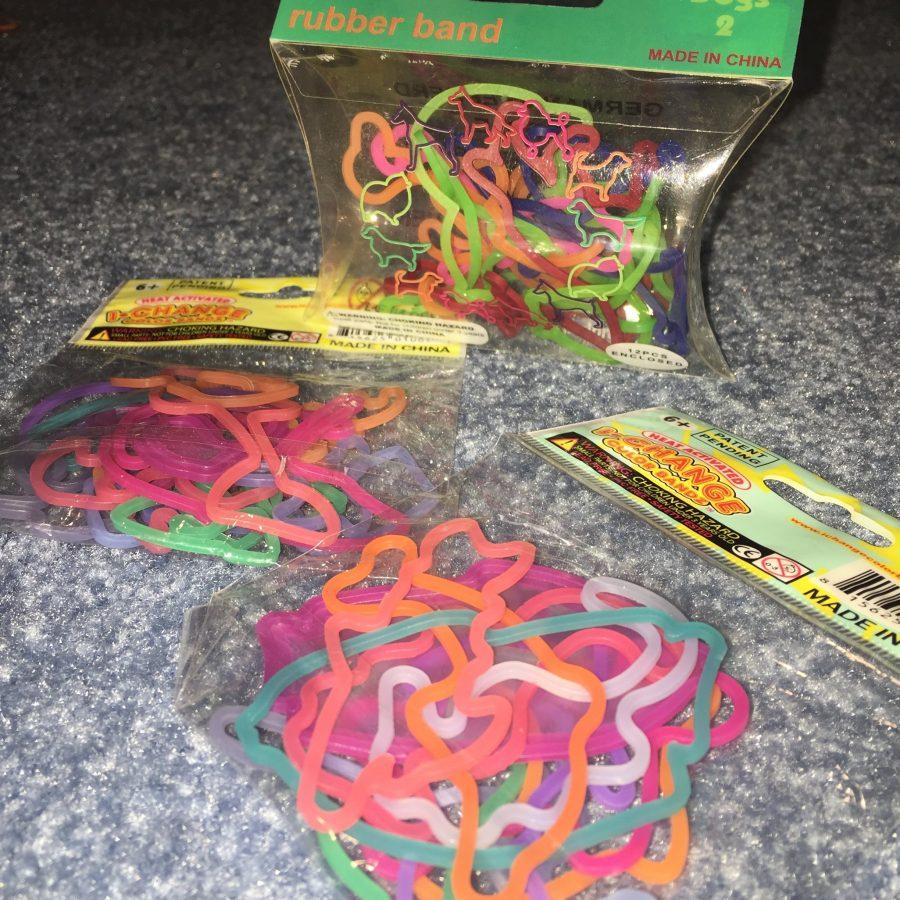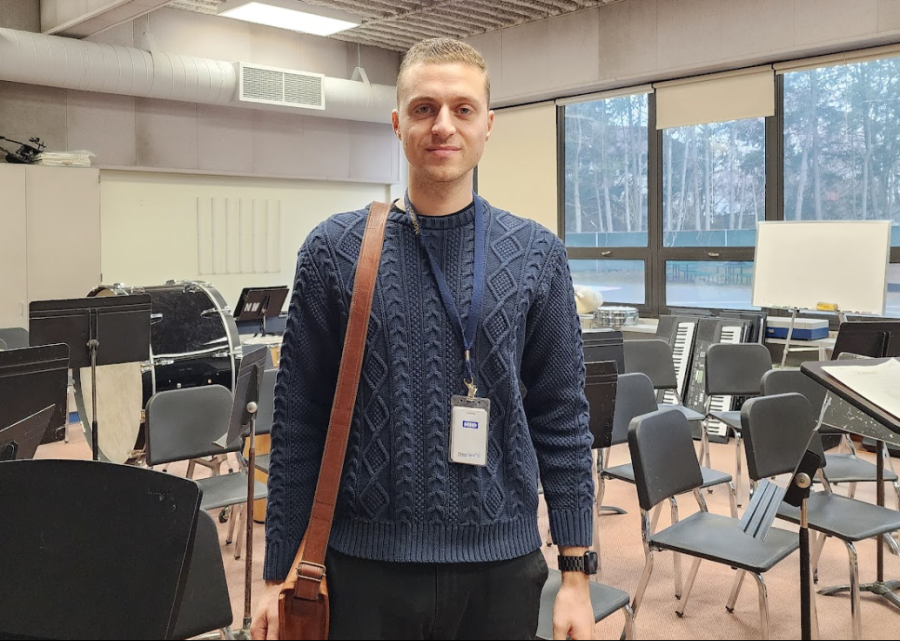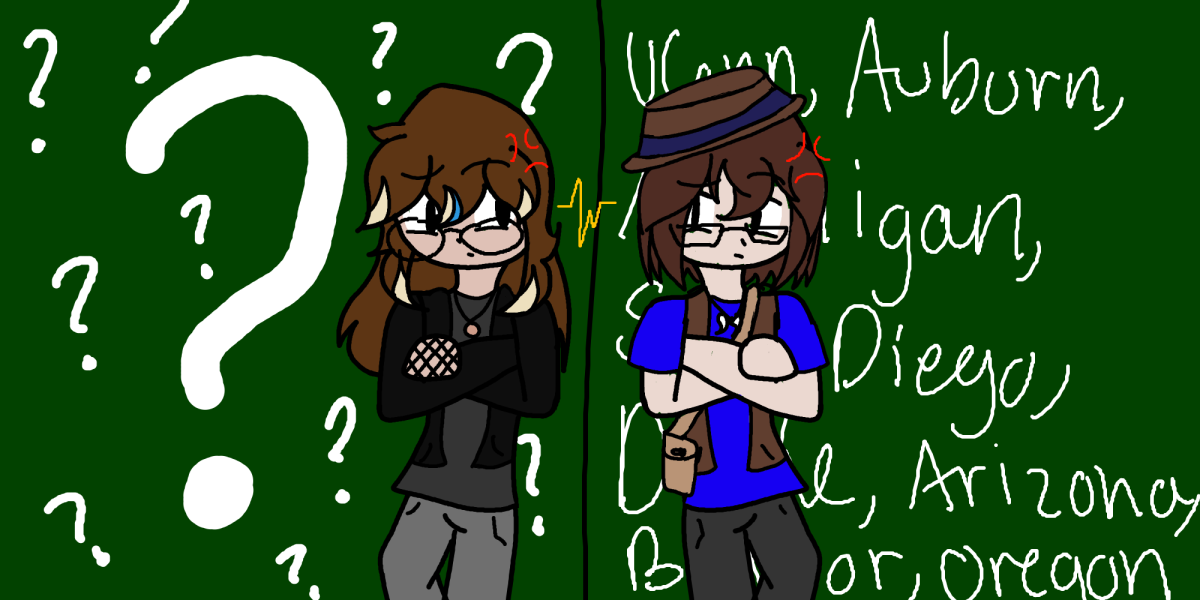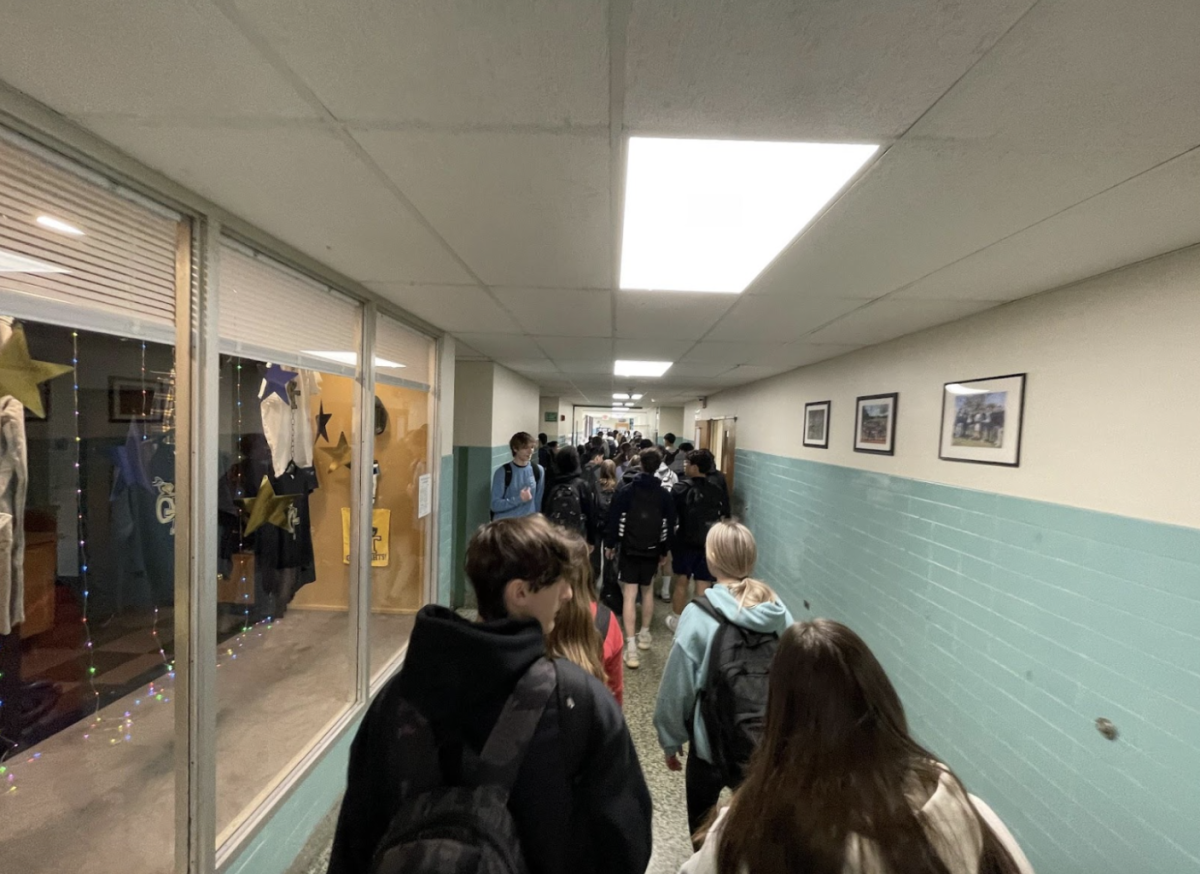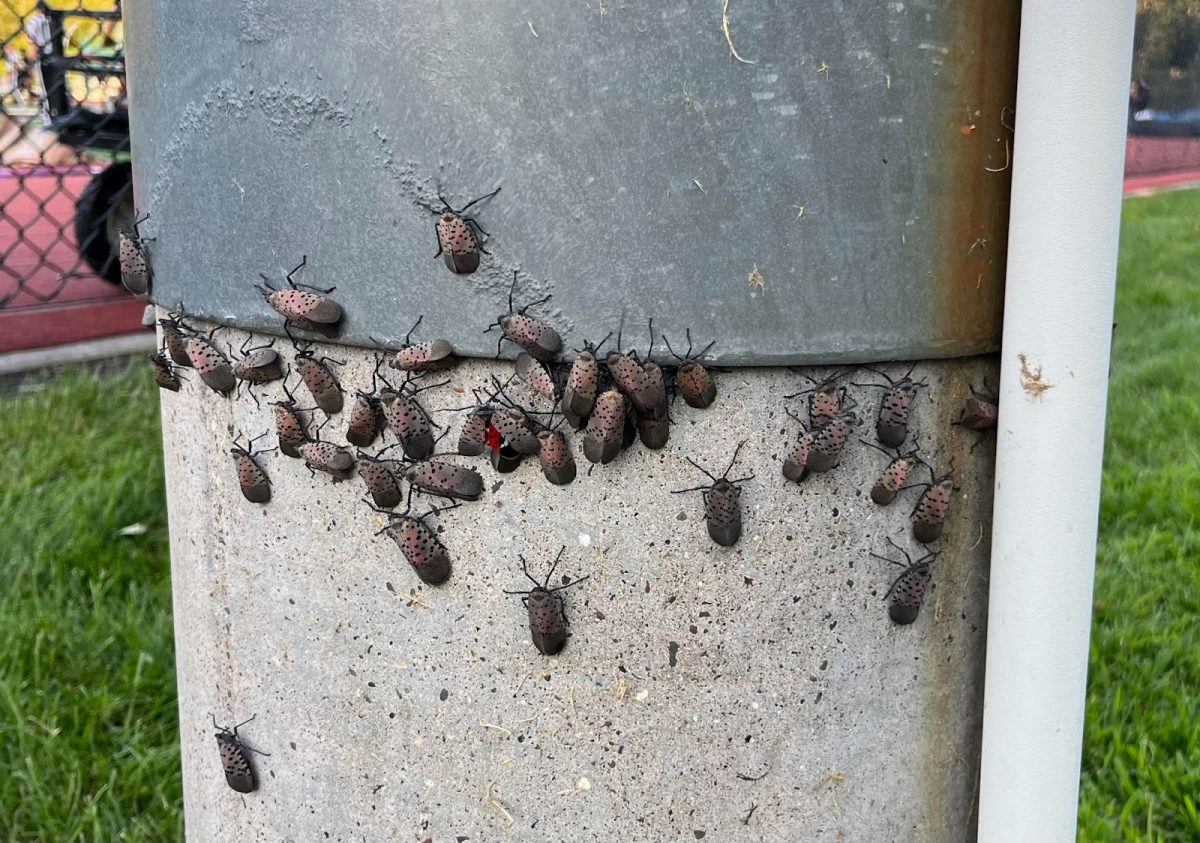You’ve seen the invasive Spotted Lanternfly (SLF). They’re easy to spot, with their bright red wings, and they’re everywhere: trees, streets, parks, and even NVOT itself. However, not much is known about why SLFs need to be exterminated other than their overwhelming presence.
According to Cornell’s College of Agricultural and Life Sciences (CALS), SLFs are native to China and were theorized to have arrived in America from egg masses laid on stone shipments in 2012. Since their first reported infestation in September 2014, the bugs went from being considered harmless “hitchhikers” to having invasive populations across 14 states, including New York and New Jersey.
But besides the abundant news about the ‘invasive’ part, not much is known about why SLFs are bad, especially since they don’t pose a threat to humans. So, here’s some essential information about these bugs so you can do your part to control them.
1. They could cost the economy millions
SLFs are especially harmful to the agriculture industry, damaging popular and valuable crops like grapevines and apple and peach trees. SLFs have specialized mouths to pierce into plants and feed on their sap which decreases the plant’s health and could even kill them. The damages SLFs cause can cost the New York economy $300 million and the Pennsylvania economy $324 million a year. For New Jersey, grants of around “$50,000 per county and $15,000 for municipalities” are being used to pay for methods of control.
2. They won’t be killed off by the winter cold
When people hear about invasive bugs, most think, ‘They’ll probably die out in the winter.’ This isn’t completely the case for SLFs. According to Cornell CALS, adults die by the first frost but their eggs, which are laid in the fall, can withstand the cold of the winter and hatch in May. Looking for eggs may be just as important as looking for adults.
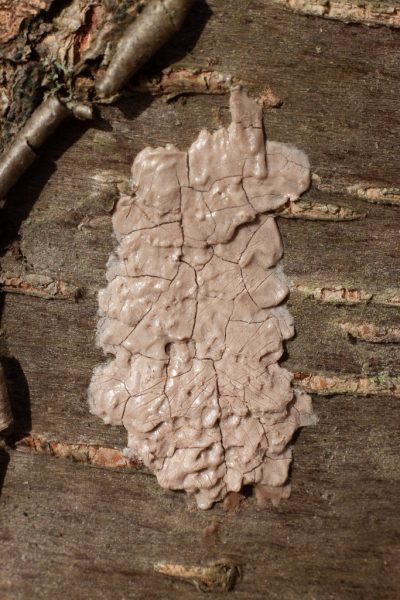
3. Their eggs can be laid anywhere
Since SLFs aren’t picky with where they lay their eggs, they can lay them on any flat surface such as trees, lawn equipment, walls, and cars. Even worse, egg masses can hold around 30 to 50 eggs each. The egg masses aren’t always easy to find, resembling smears of mud. While this may be easy to spot on human-made objects, their coloration perfectly blends with tree bark. Watch this video provided by Penn State Extension to learn how to properly remove them.
4. They don’t stay in one spot
SLFs are also hard to control since they are “excellent hitchhikers.” They don’t just spread by flying; their eggs can be transferred great distances outside of quarantine zones, where efforts are made to control the spread of SLFs. Methods of control involve checking all vehicles, trailers, and clothing for egg masses when leaving the zones. Either way, if they’re spotted, the USDA recommends that you report the findings online to NJ’s DOA.
Overall, the SLFs aren’t just bad because they’re increasing at abnormal rates but because of the cost of their damage to agriculture, the resiliency of their eggs, and how they can easily spread. NJ’s Department of Agriculture provides many resources for homeowners and businesses, such as suggesting methods of control, providing regulations about quarantine zones in New Jersey, and providing information about their life cycles and how to identify them. Just by knowing a little bit about SLFs, we are one step closer to getting rid of these invasive pests.






